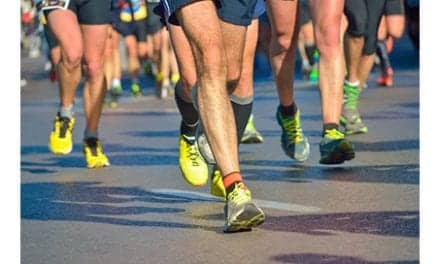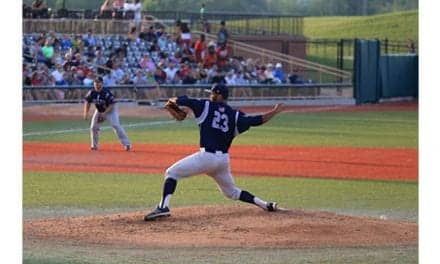A recent study by Federal researchers indicates that among blast-injured troops, decreased ability to identify specific odors can help predict abnormal neuroimaging results.
A news release issued by the Uniformed Services University of the Health Sciences (USU) reports that the DoD-funded study was led by Air Force Colonel (Dr) Michael Xydakis, assistant professor of Surgery in the F. Edward Hebert School of Medicine at USU, and colleagues from USU, Walter Reed National Military Medical Center, and the National Institutes of Health (NIH). The researchers note that the results suggest testing the sense of smell can be used to assess memory impairment post-trauma.
The release says the team was comprised of Navy Captain (Dr) Lisa P. Mulligan, Walter Reed National Military Medical Center Department of Neurosurgery; Lt Col (Dr) Alice B. Smith, Cara H. Olsen, DrPH, and Dina M. Lyon, RN, from the Uniformed Services University of the Health Sciences, and Leonardo Belluscio, PhD, National Institute of Neurological Disorders and Stroke, NIH.
The team investigated more than 231 acutely injured polytrauma inpatients at Walter Reed National Military Medical Center who had been air-evacuated in Afghanistan or Iraq. Each solider, the release says, was evaluated for traumatic brain injury (TBI) and then administered a test for their sense of smell using the University of Pennsylvania Smell Identification Test.
According to the release, the olfactory system processes thousands of different odors, sending signals to the brain, which interprets the smell by linking it to a past memory. If the memory is impaired, the task is not entirely possible. When the smell test was abnormal in a subject, those soldiers were reportedly all found to have abnormalities on their brain scans.
While using sense of smell to identify a concealed brain injury may seem “far-fetched,” olfactory impairment was commonly used by neurosurgeons in attempts to localize certain brain tumors prior to the use of advanced neuroimaging in the 1980s, Xydakis points out in the release.
The investigators ultimately concluded that this kind of methodology could be used in the combat theatre to assist deployed physicians in determining which injured troops would require immediate neuroimaging, therefore significantly enhancing frontline neurologic combat casualty care.
Xydakis explains the potential challenges in getting a CT scan in a combat zone, which he says is “often the equivalent distance of placing a soldier on a helicopter in Washington, D.C., and sending them to Boston. It requires a significant investment in personnel and aviation resources; not to mention flying troops over hostile terrain. Using abnormalities with the sensory systems has opened up an entirely new avenue of investigation for diagnosing brain injuries.”
Source: Uniformed Services University of the Health Sciences (USU)





